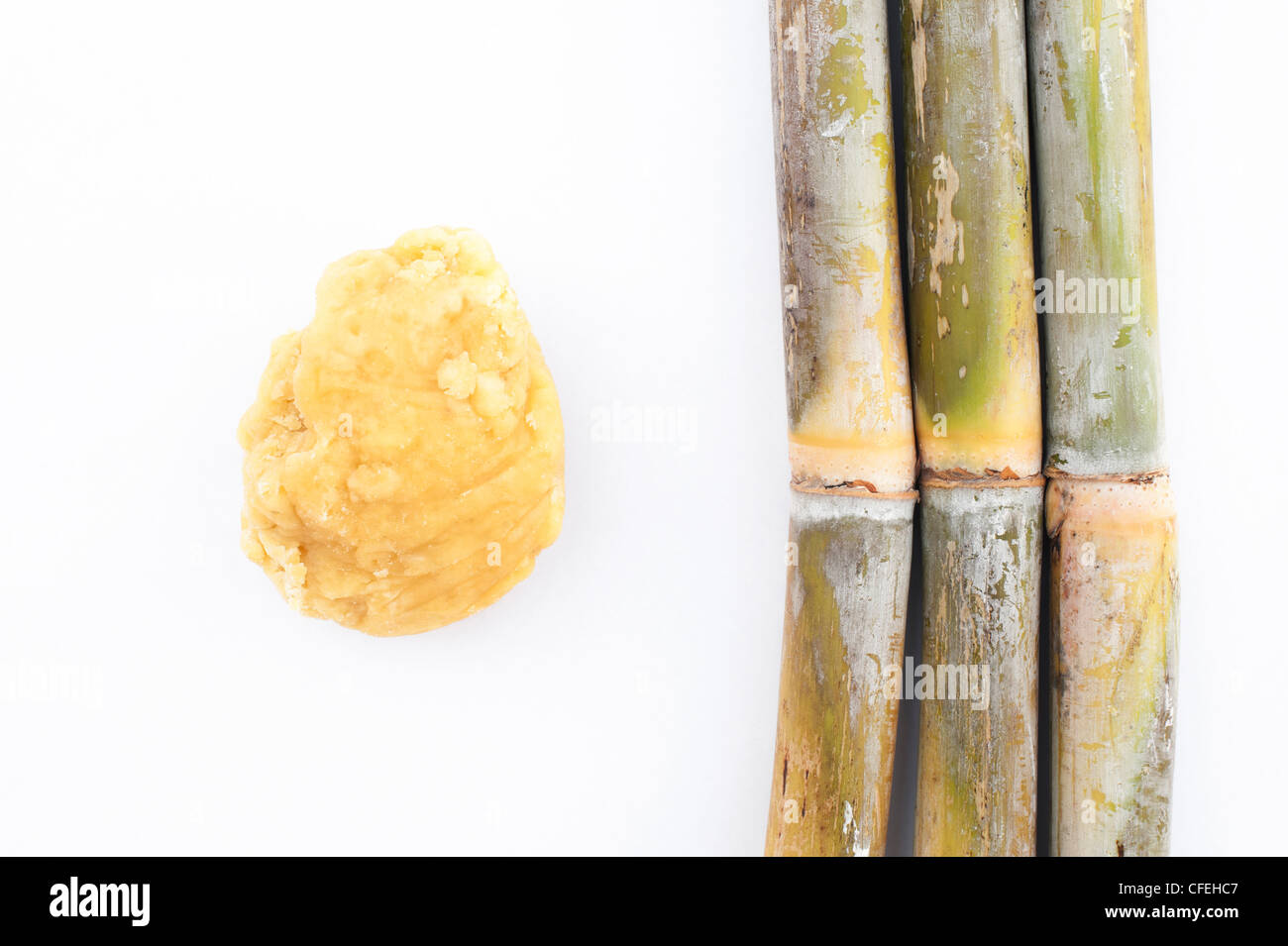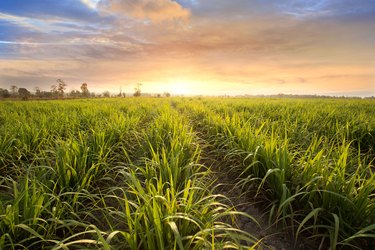Lasting Sugarcane Products: From Sweeteners to Eco-Friendly Goods
The potential of lasting sugarcane products expands beyond traditional sweeteners to encompass a range of green goods, providing a compelling instance for their assimilation right into modern-day customer methods. As the globe grapples with pressing ecological issues, sugarcane arises as a versatile source qualified of attending to both nutritional requirements and sustainability objectives.
Summary of Sugarcane Sustainability
As the need for eco-friendly products grows, recognizing sugarcane sustainability becomes significantly important. Sugarcane, a flexible plant, is cultivated mostly in subtropical and tropical regions, and its sustainability is crucial for both ecological wellness and economic feasibility. Lasting sugarcane farming practices concentrate on decreasing ecological effect while maximizing productivity and earnings.
Trick aspects of sugarcane sustainability include effective land usage, lowered chemical input, and boosted water management. Practices such as crop rotation, integrated bug monitoring, and natural fertilizing add to soil health and biodiversity. Additionally, ingenious innovations, such as accuracy farming, aid maximize source usage and lower waste.
Moreover, sugarcane is a renewable energy, with spin-offs that can be used in different markets, from biofuels to eco-friendly plastics, therefore lowering dependence on nonrenewable fuel sources and lessening carbon impacts. Qualifications like the Bonsucro typical urge lasting methods across the supply chain, promoting transparency and accountability.

Sugarcane-Based Sugar
Making use of sugarcane as a main resource, sugarcane-based sugar have gained prestige as all-natural options to refined sugars and sweetening agents (sugarcane product). These sweeteners, stemmed from the extraction and handling of sugarcane juice, use a variety of items that accommodate diverse customer preferences, consisting of natural and minimally refined choices
Amongst one of the most notable sugarcane-based sugar are raw walking stick sugar, panela, and molasses. Raw walking cane sugar maintains more of the all-natural flavors and nutrients discovered in sugarcane, making it a favored option for health-conscious consumers. Panela, a typical Latin American sweetener, is generated by evaporating sugarcane juice, maintaining its natural minerals and vitamins. Molasses, a by-product of sugar extraction, is rich in anti-oxidants and vital nutrients, working as a healthy sweetening representative in different cooking applications.
The expanding need for sugarcane-based sweeteners is driven by boosting awareness of health and wellness and sustainability concerns connected with traditional sugar. By choosing sugarcane-derived products, consumers not just sustain lasting agricultural methods however additionally contribute to a healthier way of life, straightening their nutritional selections with their environmental values.
Naturally Degradable Product Packaging Solutions
Arising as a viable alternative to traditional plastics, naturally degradable product packaging remedies stemmed from sugarcane are transforming the packaging market. These innovative products offer an eco-friendly option that addresses the expanding issues over plastic air pollution. Utilizing the natural sugars found in sugarcane, producers are developing different forms of naturally degradable packaging, including films, containers, and covers that decompose more swiftly than typical plastics.
The key advantages of sugarcane-based packaging hinge on its eco-friendly sourcing and its capacity to damage down into non-toxic byproducts. Unlike fossil fuel-derived plastics, which can linger in the setting for centuries, sugarcane packaging usually breaks down within a few months under proper problems. This decrease in waste not only mitigates land fill overflow however also decreases the carbon impact connected with packaging products.
Additionally, sugarcane-derived packaging maintains durable performance characteristics, supplying similar sturdiness and functionality to standard choices. As consumers and businesses significantly prioritize sustainability, the fostering of naturally degradable packaging options represents a substantial step in the direction of a circular economic situation, where materials are recycled and regrowed instead of discarded. This change not only boosts brand picture but likewise adds to a much more lasting future for the planet.
Eco-Friendly Textiles and Fabrics
Eco-friendly fabrics and textiles are acquiring grip in the fashion and home products sectors as consumers progressively demand sustainable choices to traditional materials. Among the noteworthy options are materials originated from sugarcane, which use an environmentally liable alternative to synthetic fibers. These fabrics are generated through a process that makes use of the renewable resources discovered in sugarcane, significantly decreasing dependence on petroleum-based products.

As best site the market for sustainable fabrics increases, customers can look ahead to innovative layouts that incorporate style with ecological responsibility. Ultimately, eco-friendly fabrics and materials represent a substantial action toward reducing the style market's environmental impact while catering to the growing need for accountable customer options.
Advancements in Sustainable Farming
Changing agricultural techniques, developments in lasting farming are transforming the way plants are expanded and handled. These developments focus on decreasing environmental influence while making the most of performance and efficiency. Strategies such as precision farming use information analytics and satellite imagery to maximize resource usage, ensuring that water, plant foods, and pesticides are applied just where needed. This targeted strategy not just reduces waste yet additionally boosts crop returns.

Additionally, agroecology, which incorporates eco-friendly principles into farming, promotes biodiversity and soil health and wellness. Practices such as plant turning, cover chopping, and intercropping foster resistant ecosystems that can endure bugs and environment variants - sugarcane product. In addition, making use of natural plant foods and biopesticides adds to much healthier dirts and ecosystems

Together, these innovations are not just improving the farming landscape however also contributing to an extra lasting future for sugarcane and other crops, straightening farming experiment environmental stewardship.
Conclusion
Sustainable sugarcane items represent a considerable advancement in environment-friendly alternatives, covering from all-natural sweeteners to naturally degradable items. As consumer choices significantly lean towards lasting alternatives, the flexibility of sugarcane as an eco-friendly source becomes significantly pertinent.
The potential of sustainable sugarcane items expands beyond conventional sugar to incorporate a range of environment-friendly items, presenting a compelling situation for their assimilation right into modern consumer methods. Sustainable sugarcane farming methods concentrate on decreasing ecological impact while maximizing productivity and earnings.
Lasting sugarcane items stand for a substantial innovation in eco-friendly alternatives, spanning from natural sweeteners to biodegradable products. The growing check my blog of sugarcane with sustainable methods not only enhances environmental health but also contributes to financial viability. As customer choices significantly lean in the direction of lasting choices, the adaptability of sugarcane as a sustainable resource becomes increasingly pertinent.